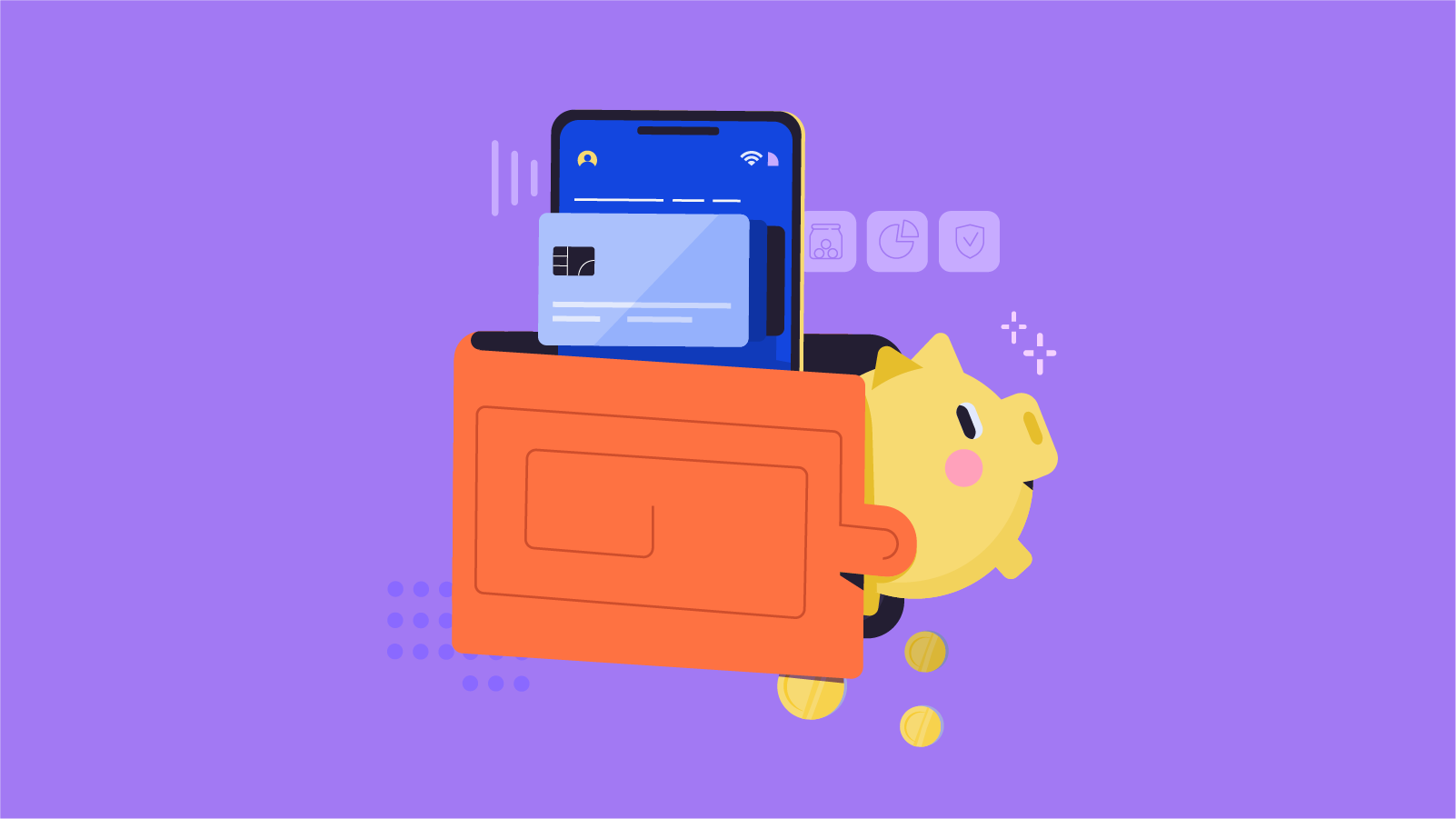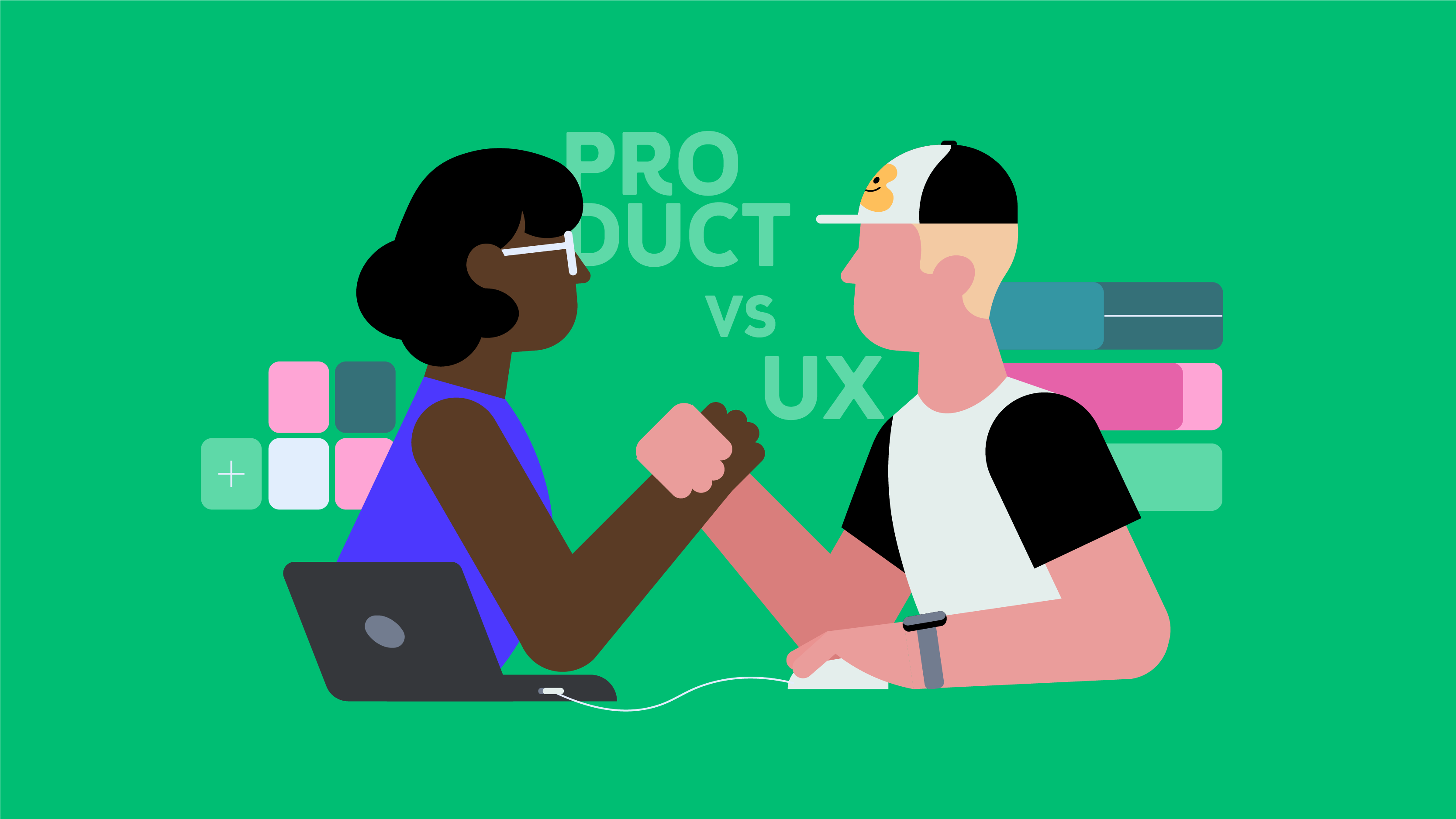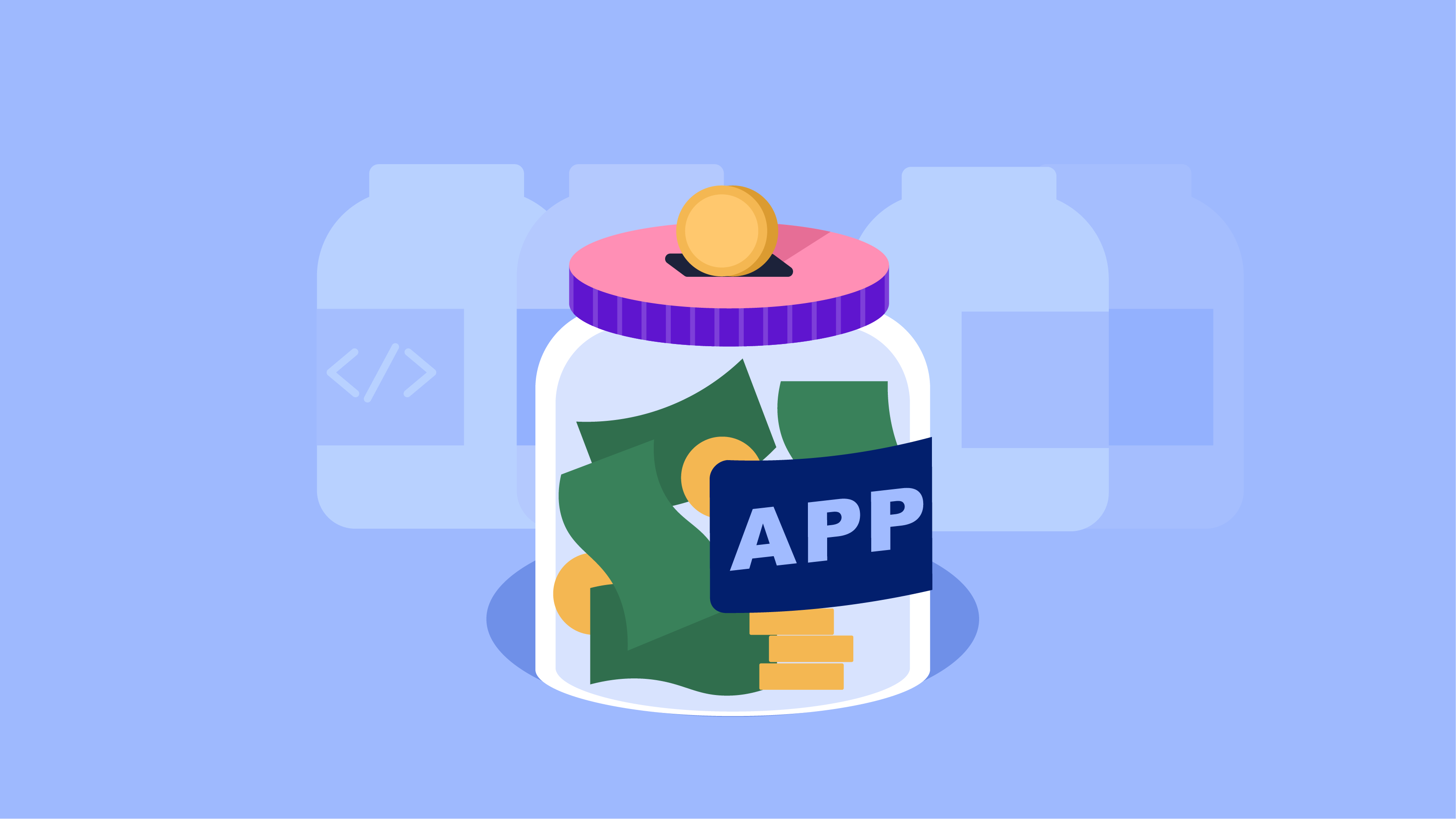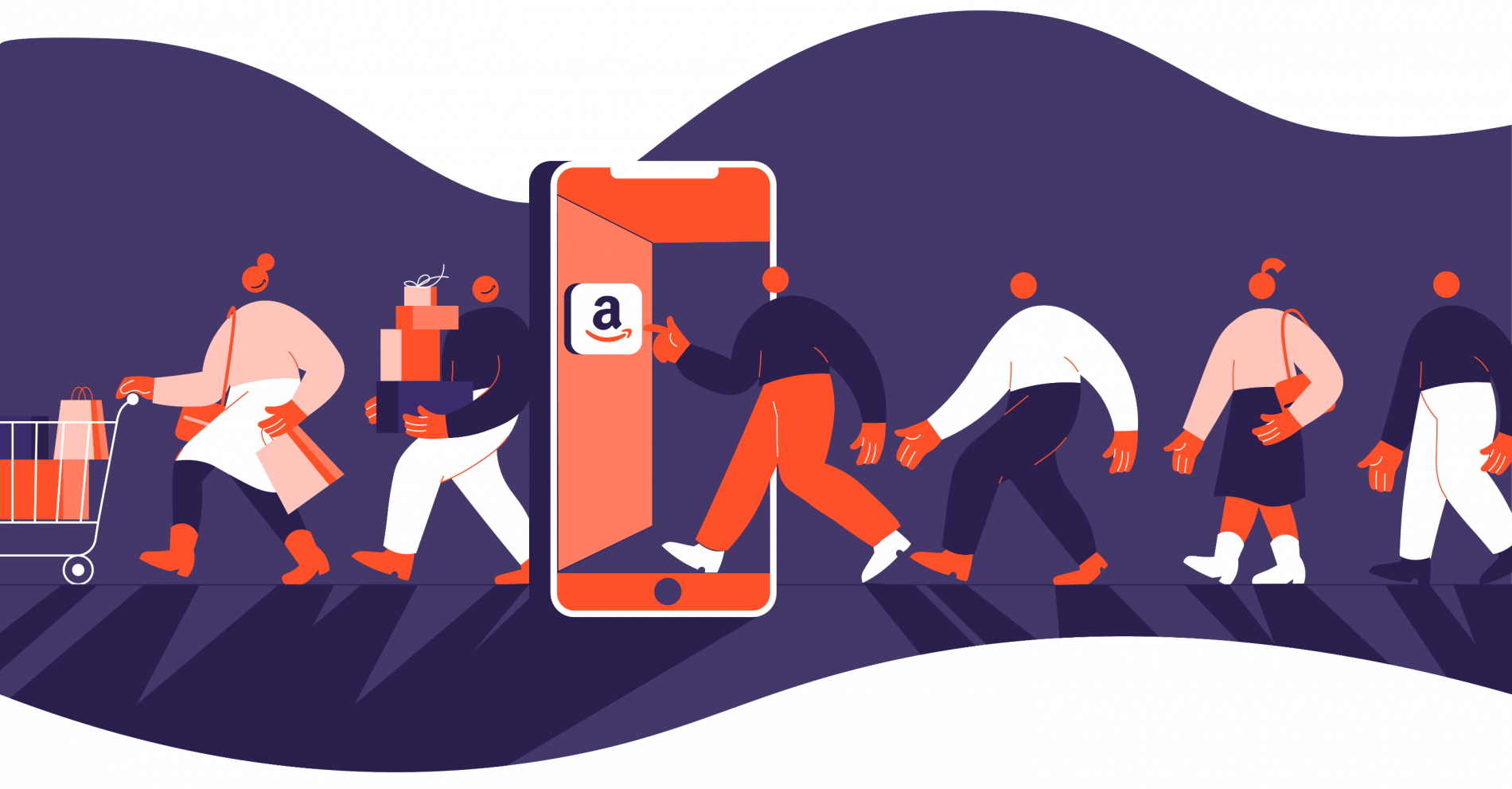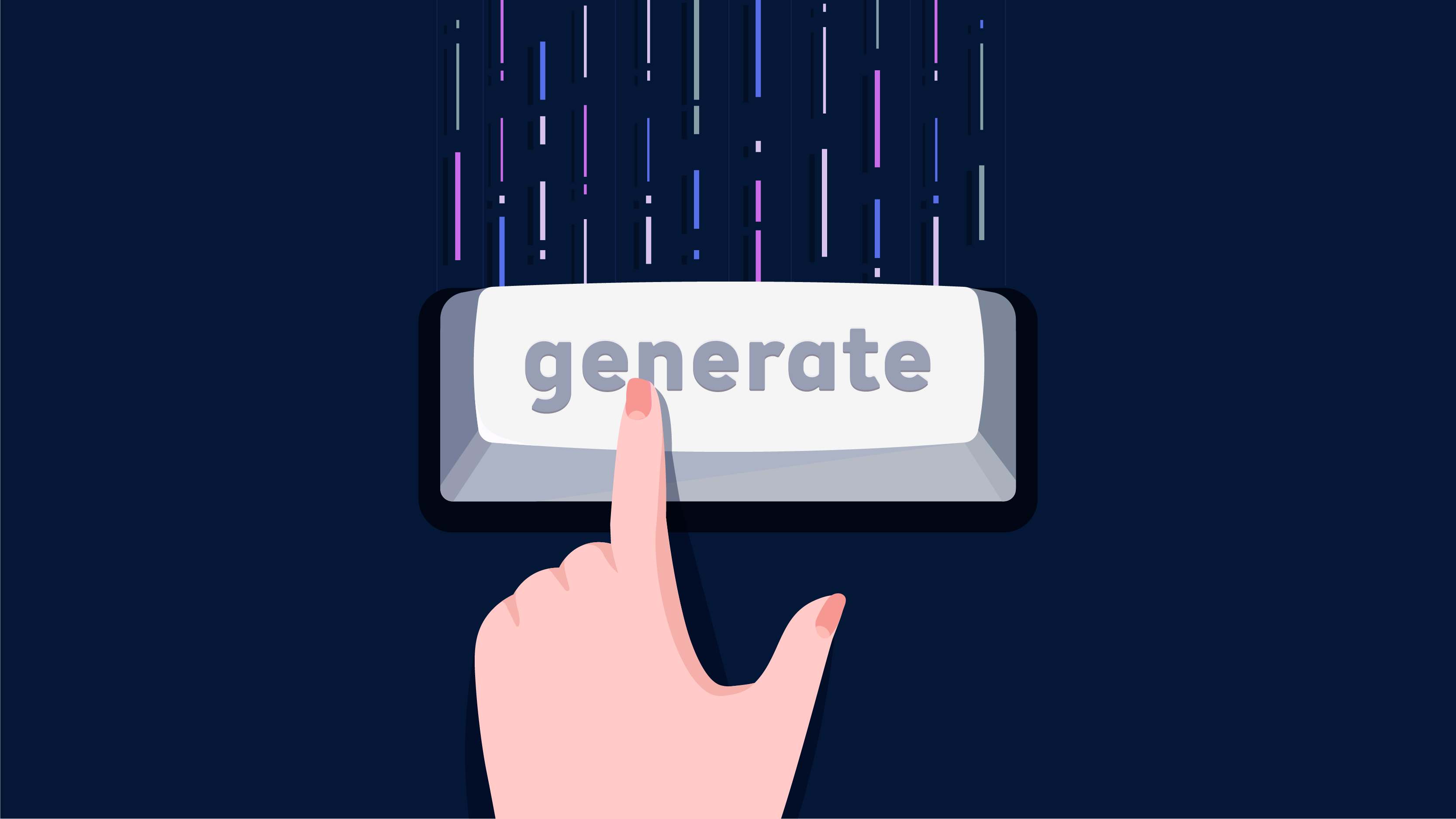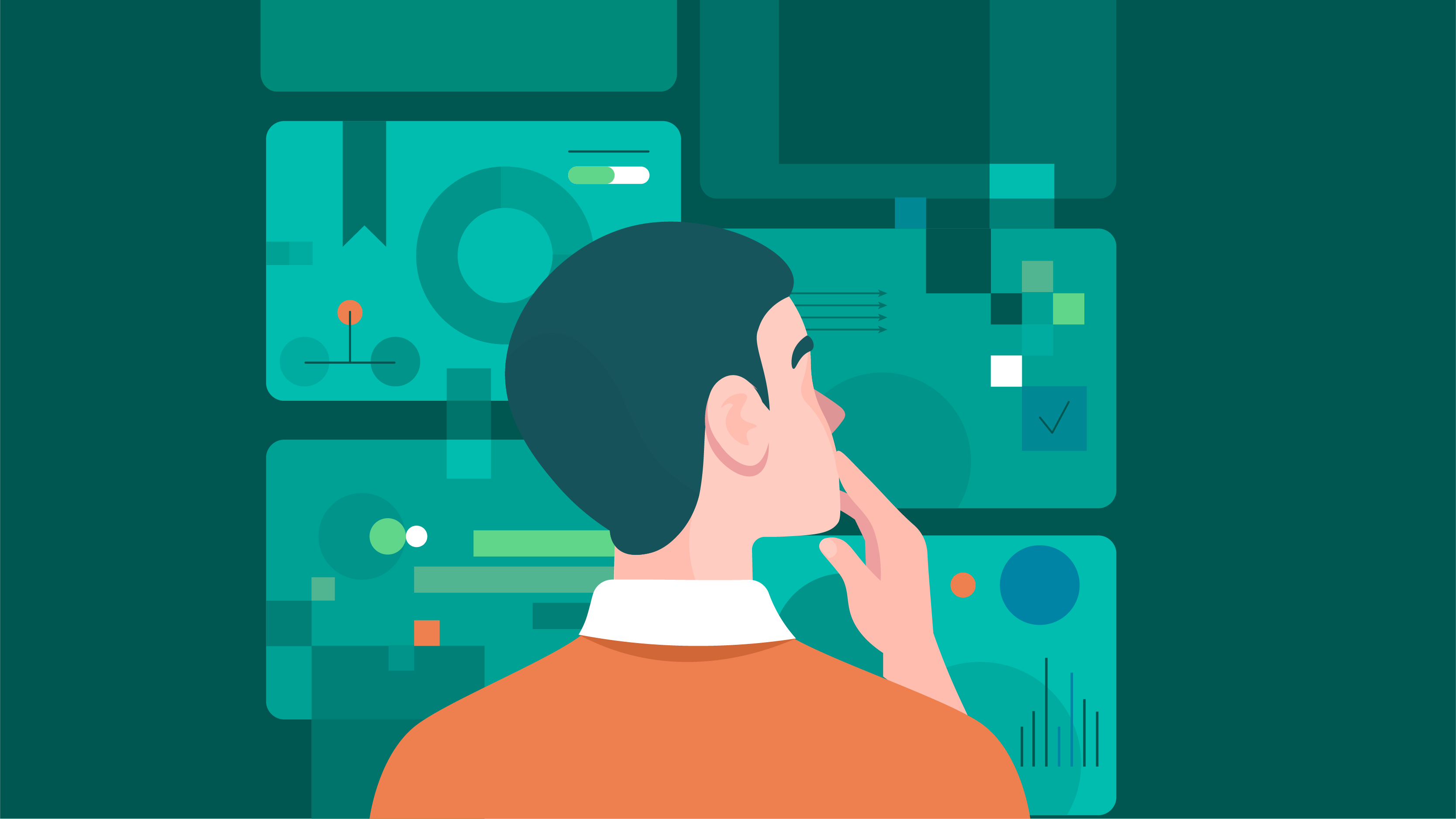Thanks to the tech revolution in the financial sector, the days of digging through a physical wallet to find the right card, counting cash, or presenting a paper check seem like relics from a bygone era. Today, convenience, speed, and security are paramount, all thanks to apps like Google Wallet and others.
These digital tools have revolutionized the way we interact with money, turning complex transactions into effortless, user-friendly experiences. So, in this article, we will focus on how digital wallets can streamline financial transactions and enhance the overall user experience. We will also explore the diverse types of digital wallets, their benefits, and the best practices in designing user-centric financial solutions.
What Is a Digital Wallet?
A digital wallet (e-wallet or electronic wallet) is, basically, a digitalized version of a traditional physical wallet. It serves as a secure and user-friendly tool for storing various forms of payment methods, loyalty cards, boarding passes, and so on in a digital format. Digital wallets are typically accessible through mobile apps but also through web applications or special software.
The main purpose of a digital wallet is to streamline financial transactions and provide users with a fast, secure, and seamless experience when making payments or managing their financial assets. Proper digital wallet design must cater to different user needs and preferences.
In essence, a digital wallet offers users the convenience of making quick and contactless payments, accessing digital currencies, and performing various financial tasks, all from a digital platform. It simplifies the traditional processes associated with handling physical payment methods and offers enhanced security features. This is definitely an integral part of financial transactions of the future.
The main types of digital wallets
Let’s take a closer look at the main types of digital wallets.
- Mobile wallets. These are mobile applications (such as Google Pay, Apple Pay, Samsung Pay, and so on) for online and offline contactless payments. They store payment details, digital currencies, loyalty cards, etc., for quick and convenient transactions.
- Online wallets. These apps are accessible via web browsers from any internet-connected device. In most cases, such digital wallets have cloud-based functionality.
- Hardware wallets. These are physical devices but they are used for digital purposes, namely as cryptocurrency storage for private keys. This kind of digital wallets offer an additional layer of protection which is essential for storing transaction data and digital assets.
- Desktop wallets. As the name implies, such applications are created for personal computers or laptops. They provide a secure environment for managing digital assets, especially cryptocurrencies, with private keys stored locally.
- Hybrid wallets. Combining the capabilities of multiple wallet types, hybrid wallets offer users a versatile, all-in-one solution. They seamlessly integrate mobile, online, and desktop functionalities into a unified platform.
- Closed and open wallets. Closed apps are designed specifically for service providers, merchants, etc., for use within a particular ecosystem. In contrast, open wallets support diverse payment methods and are usable across various merchants.
Obviously, the designs of these digital wallets may vary depending on core features and market. Nevertheless, they share a common goal: to provide an intuitive and user-friendly experience that ensures seamless transactions and offers control over one’s finances.
The Benefits of Proper Digital Wallets Desing
According to Statista research, in 2022, digital wallets accounted for approximately half of global e-commerce payment transactions. This has made such applications the most popular and promising way of making online payments worldwide. Experts say that by 2026, this share will increase to more than 54 percent. What is the reason for such popularity?

Here are some examples of how proper and innovative UI/UX design can change any digital wallet.
Convenience and accessibility
Professional designers pay special attention to the main purpose of every digital wallet – to empower users to make payments, access loyalty rewards, and manage finances with a few taps on their smartphones, irrespective of their physical location. A well-designed digital wallet app is all about accessibility and intuitive user interface.
Cost savings through efficiency
Implementing an e-wallet system or cash app streamlines payment processes, making it much faster. It also reduces reliance on physical infrastructure and human interaction. This, in turn, leads to cost savings for both businesses and users.
Imagine that you need to pay for a certain product. Before the advent of digital wallets, you had to physically visit a store or make a payment through a bank branch. Today, with Google Pay or Apple Pay, you can do it within a minute, without leaving home, using almost any card, and from anywhere in the world. This greatly simplifies the work of merchants and banks, as well as your life as a customer.
Faster and seamless transactions
The right digital wallet design can really speed up the payment process simply because the manual user interface is intuitive and has all the necessary functions at hand. For example, in Google Pay, you can see all your bank cards and payment methods and easily switch between them.
Additionally, a high-quality digital wallet securely stores payment information and provides fast authentication methods such as fingerprint or face recognition, which ensures a fast and hassle-free payment experience.
Enhanced customer engagement and loyalty
A well-designed digital wallet fosters deeper user engagement by offering personalized incentives, rewards, and tailored promotions. Again, Apple Pay users remain loyal to it due to the reliability and convenience of the app, as well as constant qualitative changes to the product based on continuous analytics.
So, a digital wallet app design that is created based on user data and spending patterns cultivates loyalty and encourages return visits. Such a digital wallet is a great opportunity to get a solid base of dedicated customers.
Wide integration possibilities and versatility of digital wallets
Having quick access to debit card data or a bank account is not enough today. A well-made digital wallet design always considers the rich possibilities of integration with various payment methods (Samsung Pay, Google Pay, Apple Pay, etc.), banking institutions, and loyalty programs.
All the advanced functionality of digital wallets must be accessible and understandable to the user, so there is a need to think outside the box. Here, the right design comes into the picture and turns your digital wallet into an all-in-one financial management tool.
Key takeaways
- The use of digital payments will increase to over 54% by 2026.
- Effective UI/UX design is key to payment apps’ popularity.
- It empowers users to make payments and manage finances with ease, regardless of location.
- Proper design streamlines payment processes, reducing reliance on physical infrastructure and human interaction, resulting in cost savings.
- Intuitive interfaces and quick access to essential functions speed up the payment process.
- Personalized incentives and rewards foster user loyalty.
At Cadabra Studio, we specialize in crafting cutting-edge digital experiences. Contact us today and discover how our solutions can simplify your transactions and elevate your financial journey.
Now that we have explored the benefits of digital wallets let’s delve into the principles of perfect e-wallet design.
Digital Wallet Development and Design Requirements
When designing an effective digital wallet, you must consider the following factors to ensure a seamless user experience and optimal functionality:
User-friendly interface
Any digital or cash app has a certain functionality, and the only way for the user to access it is through the interface. Very often, even the best digital wallets fail after release precisely because of a confusing UI and poorly designed user journey. That is why it is so important to think through each interface component, especially when it comes to the development of high-quality and feature-rich fintech applications.
Therefore, the interface of a digital wallet should be intuitive and easy to navigate, even for users with limited technical knowledge. A simple, well-organized layout improves usability, shortens the learning curve, and encourages users to adopt a digital wallet confidently. Everyone should have quick and straightforward access to debit card data, bank account data, transaction history, etc.
Compatibility and accessibility of digital wallet
Accessibility is one of the main and most important trends in modern design, and it applies not only to fintech applications but also in general to every app that people can use. Attention to each user with unique and special needs is the cornerstone of product design for both the web and any mobile device.
That is why a successful digital wallet design must be compatible with a wide range of devices and operating systems, as well as cover the needs of users with disabilities. This applies to voice accompaniment, design of fonts and images, etc. By the way, in Google Pay, users always have access to their credit or debit cards and payment data.
So, such an app should provide a consistent and seamless experience whether accessed from smartphones, laptops, tablets, portable devices, or PCs.
Fast access to multiple payment options
Again, when you use Samsung Pay or Google Pay, you don’t even think about how to access payment options. This is an example of intuitive and thoughtful design. The interface developers have thought in advance about how you will use your mobile wallet and how you will try to access its features.
The digital wallet is truly versatile, with support for various payment methods, including credit/debit cards, bank transfers, and digital currencies. And in combination with properly created access to these options, such an application becomes handy and keeps users loyal and engaged.
Seamless onboarding and account management
All popular digital wallets, such as Google Pay, have an integrated user onboarding system with guides and tips. In this case, the designer’s task is to conduct research and understand how to gently lead the user to intuitively use the digital wallet.
A convenient registration process combined with simple account management features increases user satisfaction. In this way, they can control all their actions in digital wallets and always understand what is happening with their funds. In addition, managing accounts with one click creates a positive impression from the first seconds of use.
Real-time notifications
When you use Google Wallet or Apple Pay, you always receive real-time notifications about transactions, account updates, and promotional offers. It keeps you informed of every change and gives you a sense of security, and this is also a big credit to the designers.
They are the ones who think about how the notifications will look, what information they will contain (bank account activity, transactions, etc.), how you will be able to interact with them, and how they will be displayed on your mobile device.
Security and privacy is critical for every digital wallet
Security is paramount for digital wallets – or any wallets, for that matter. Implementing robust security measures (like two-factor authentication, biometric authentication, transaction confirmations and alerts, secure account recovery, user education and awareness, permissions, etc.) to your digital wallet app is a way to ensure that user data and debit card information are safeguarded from unauthorized access and cyber threats.
Seamless integrations
A digital wallet should seamlessly integrate with online and offline merchants, helping users make purchases, pay bills, and access services seamlessly. This functionality is present in Google Wallet, Apple Pay, and any other cash app.
Also, giants like Google Wallet often integrate loyalty programs into a digital wallet. Thus, users can access digital payments and rewards, discounts, and loyalty points.
Key takeaways
- A user-friendly interface is vital for a seamless user experience, and it must be intuitive and easy to navigate.
- An organized layout enhances usability and user adoption.
- Payment products must be compatible with various devices and operating systems.
- Accessibility for users with disabilities, as well as consistent experience across different platforms, is essential.
- Intuitive design should facilitate easy access to payment options.
- A user onboarding system with guides and tips is important, and registration and account management should be convenient and user-friendly.
Best Practices in Digital Wallet Design
Application design, including mobile wallets, is a dynamic field constantly developing and changing. The main trick here is to be able to adapt to the user’s needs and anticipate his wishes.
Best practices in digital wallets are not only about providing access to transactions and using a bank account. It is about the unique experience of digital payments. Here are some examples of how to reach the best level in it.
- Prioritize user research and feedback. When designing a digital wallet, nothing is more important than understanding the needs and preferences of your users. We include comprehensive user research and feedback throughout the development of all our projects, not just digital wallets. This approach guarantees our designers a complete understanding of user behavior, problem areas, and expectations from the cash app.
- Simplify onboarding and KYC verification. This practice is effective both for giants like Google Pay and for custom digital wallets. Minimize registration conflicts and Know Your Customer (KYC) verification to facilitate user adoption. Clear instructions and step-by-step guides during the initial setup will help users quickly understand the digital wallet app’s features. Designers can make this process not only convenient but also exciting.
- Easy-to-use digital wallet is about proper support. Integrate a responsive customer support system thought out by designers into your digital wallet. Well-designed support materials and videos will assist users when they encounter a problem. Also, follow the example of customer support in PayPal or other digital wallets, which includes a chatbot and 24/7 support to answer users’ questions quickly.
- Implement intuitive navigation explicitly designed for your digital wallet. Intuitive navigation is the basis of any successful digital wallet. Users should have access to the main features without extra trouble. You should logically organize functions into groups to optimize the user experience and replace the background of using competing digital wallets.
- Integrate all the services seamlessly. Combining various services in digital wallets increases convenience for users. The app becomes an integral part of the mobile device and your customer’s daily life, providing a one-stop solution for many financial needs, starting with using a debit card and ending with spending control.
As you can see, all best practices involve close collaboration between designers, developers, and analysts. At Сadabra Studio, we understand the value of common input in creating high-quality mobile applications. And we will be happy to assist you in creating your mobile wallet. Just contact us now!
The Bottom Line
Developing UX for digital wallets is a complex process that requires experience and an intuitive understanding of user needs. It’s also the ability to use data to deliver the best experience to your customers and the ability to analyze information and translate it into stylish designs.
Whether your customer wants to manage a bank account or make a quick payment, their experience should be smooth and seamless. The design team’s task is to understand every possible step and predict the direction of product development.
At Сadabra Studio, we have extensive experience working with fintech applications and the best specialists in creating digital experiences. And we will be happy to answer your questions. Just contact us now!


